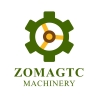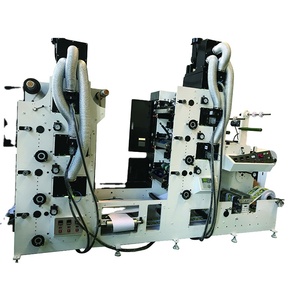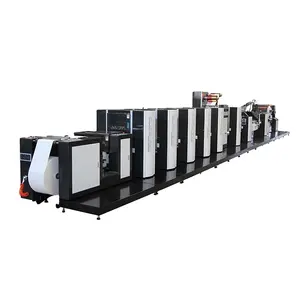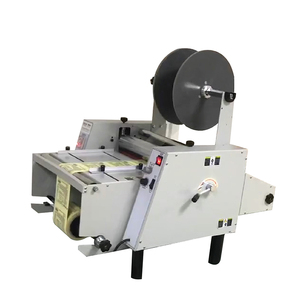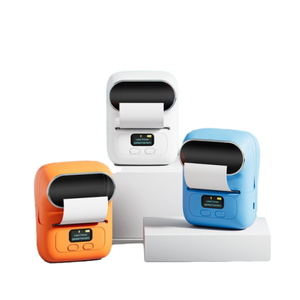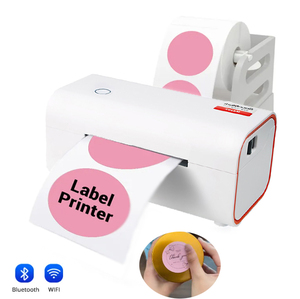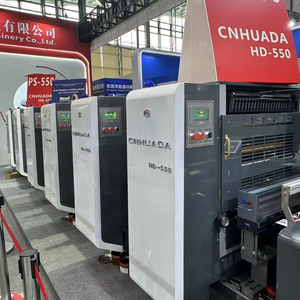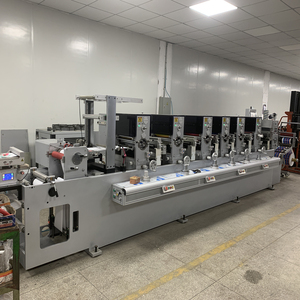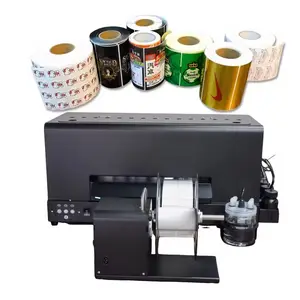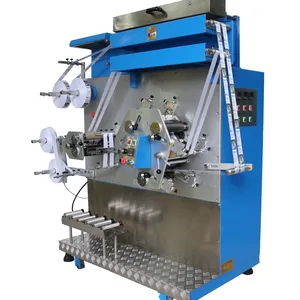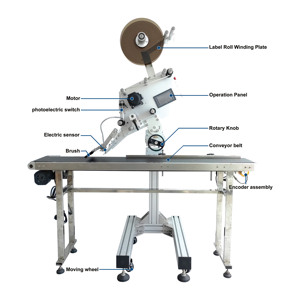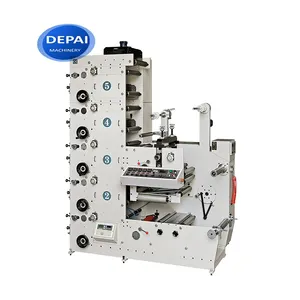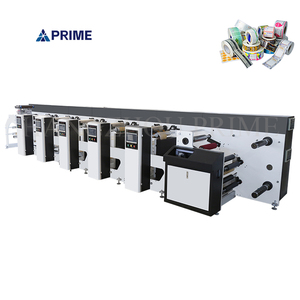Label Printing Machine
 Top sponsor listing
Top sponsor listing






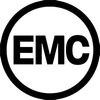

 1/3
1/3







 1/8
1/8
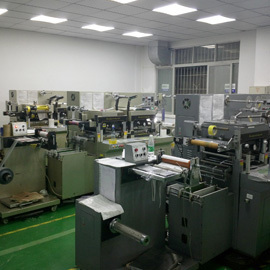









 1/28
1/28







 1/18
1/18





 1/12
1/12









 1/13
1/13



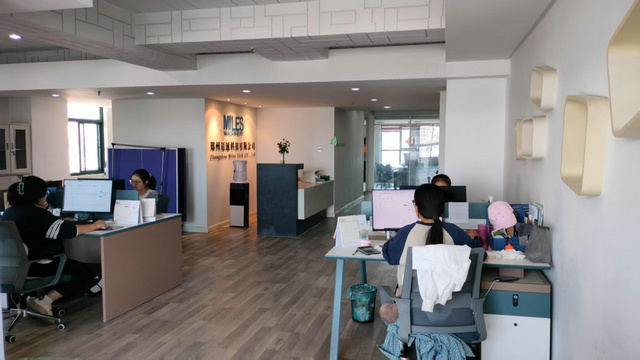



 1/9
1/9
About label printing machine
Where to Find Label Printing Machine Suppliers?
China remains the global epicenter for label printing machine manufacturing, with key production clusters in Guangdong, Fujian, and Hebei provinces. These regions host vertically integrated supply chains encompassing thermal print head fabrication, precision mechanics, and electronic control systems. Guangdong's Pearl River Delta region specializes in high-speed digital and thermal label printers, leveraging proximity to semiconductor and microcontroller suppliers. Fujian’s Xiamen hub focuses on compact desktop models with IoT connectivity, while Hebei supports heavy-duty industrial labeling systems integrated into packaging lines.
The concentration of component manufacturers—such as stepper motor producers, encoder suppliers, and PCB fabricators—within 50km radii enables rapid prototyping and assembly. This ecosystem reduces lead times by 25–30% compared to decentralized markets and supports flexible production runs from single units to container-scale orders. Buyers benefit from localized logistics networks that ensure raw material availability and reduce freight costs, particularly for export shipments via Shenzhen, Xiamen, or Tianjin ports.
How to Choose Label Printing Machine Suppliers?
Selecting reliable partners requires rigorous evaluation across technical, operational, and transactional dimensions:
Technical Compliance & Certifications
Verify adherence to international safety and emissions standards. CE marking is essential for European market access, confirming compliance with EMC and Low Voltage Directives. For North American distribution, UL or FCC certification indicates electromagnetic compatibility and signal integrity. RoHS compliance ensures restricted substance limits are met. Request test reports for print head durability (minimum 100 km ribbon life), motor longevity (≥5,000 hours MTBF), and environmental resilience (operating range: 5–40°C).
Production Capability Assessment
Evaluate supplier infrastructure using these benchmarks:
- Minimum factory area of 2,000m² for stable volume output
- In-house SMT lines for circuit board assembly to ensure quality control
- Dedicated R&D teams focused on firmware development and mechanical engineering
Cross-reference online revenue tiers with on-time delivery rates (target ≥97%) and response times (≤2 hours) as indicators of operational efficiency and customer service capacity.
Customization & Integration Support
Confirm capability for OEM/ODM services including logo embedding, language localization, interface customization, and communication protocol integration (Bluetooth 5.0, Wi-Fi 802.11n, USB 2.0/3.0). Suppliers offering SDKs or API access enable seamless integration into warehouse management, ERP, or e-commerce fulfillment systems. Validate support for diverse media types—thermal paper, synthetic labels, jumbo rolls, die-cut stickers—and compatibility with common software platforms like Bartender, NiceLabel, or ZPL-II command languages.
Transaction Risk Mitigation
Prioritize suppliers participating in third-party assurance programs. Use secure payment methods such as escrow until post-arrival performance verification. Analyze reorder rates: values below 15% may indicate satisfaction issues, though new market entrants often show artificially low rates due to limited transaction history. Conduct sample testing under real-world conditions—assess print clarity at 203–300 dpi, adhesive consistency, and barcode scanner readability per ISO/IEC 15416 standards.
What Are the Best Label Printing Machine Suppliers?
| Company Name | Main Products | Online Revenue Tier | On-Time Delivery | Avg. Response | Reorder Rate | Product Range | Customization Options |
|---|---|---|---|---|---|---|---|
| Hebei Wanjie Technology Group Co., Ltd. | Offset Printers, Flexographic Printers, Labeling Machines | US $200+ | 100% | ≤2h | <15% | 14 models | Limited |
| Xiamen Diaodiao Technology Co., Ltd. | Thermal Label Printers, Mini Printers, Embossing Machines | US $20,000+ | 100% | ≤1h | <15% | 5 models | High (material, size, language, power) |
| Shenzhen Telegroup Printing Technology Co., Ltd. | Digital Inkjet Label Printers, Roll-to-Roll Systems | US $10,000+ | 66% | ≤4h | <15% | 5 models | OEM/ODM Supported |
| Xiwing E-Commerce (Zhuhai) Co., Ltd. | Industrial Thermal Printers, Barcode Label Makers | US $100,000+ | 100% | ≤1h | <15% | 5 models | Moderate (logo, packaging, graphic design) |
| Guangdong Shuangma Technology Co., Ltd. | Thermal Shipping Label Printers, High-Speed Models | US $10,000+ | 97% | ≤6h | <15% | 5 models | Basic customization available |
Performance Analysis
Xiwing E-Commerce leads in scale and responsiveness, backed by a US $100,000+ annual online revenue and sub-1-hour average response time—indicative of robust customer service infrastructure. Xiamen Diaodiao distinguishes itself through extensive customization capabilities across materials, languages, and accessories, catering to niche applications like tattoo paper and color ticket printing. Hebei Wanjie offers broadest product diversity with 14 listed configurations, suitable for buyers seeking multi-technology solutions across offset, flexo, and digital platforms.
Shenzhen Telegroup presents higher-risk procurement despite offering industrial-grade inkjet systems priced from $1,350–$17,820; its 66% on-time delivery rate falls below the industry benchmark of 97%, signaling potential fulfillment instability. Guangdong Shuangma balances competitive pricing with strong reliability (97% on-time delivery), making it a viable option for mid-volume buyers prioritizing shipment consistency. All top-tier suppliers maintain 100% on-time delivery records except Shenzhen Telegroup and Guangdong Shuangma, underscoring the importance of verifying fulfillment metrics before contract award.
FAQs
How to verify label printing machine supplier reliability?
Cross-check certifications (CE, RoHS, FCC) with official databases. Request factory audit reports or video tours to confirm SMT line ownership, inventory management practices, and QC checkpoints. Analyze buyer feedback focusing on after-sales technical support, firmware update frequency, and spare parts availability.
What is the typical MOQ and lead time?
Standard desktop models have MOQs of 1–5 units with lead times of 7–15 days. Industrial roll-to-roll systems require minimum one-set orders and 25–35 days for production and pre-shipment inspection. Bulk orders (≥100 units) typically extend lead times by 10–14 days unless expedited production is negotiated.
Can suppliers provide free samples?
Sample policies vary. Some suppliers offer paid samples refundable against future orders exceeding five units. Others charge full production cost upfront, especially for customized configurations involving unique firmware or mechanical modifications.
Do manufacturers support global shipping?
Yes, most suppliers manage international logistics via air freight (DHL, FedEx) for samples and sea freight for bulk consignments. Confirm Incoterms (FOB Shenzhen, CIF Rotterdam, etc.) and verify compliance with destination-country electrical safety regulations and import duties for electronic equipment.
How to initiate customization requests?
Submit detailed specifications including print resolution (203/300 dpi), label width (max 110mm standard), connectivity requirements (Wi-Fi/BT/USB), power input (110V/220V), and software compatibility (ZPL, EPL, TSPL). Reputable suppliers respond with engineering feasibility assessments within 48 hours and deliver prototypes within 3 weeks.


